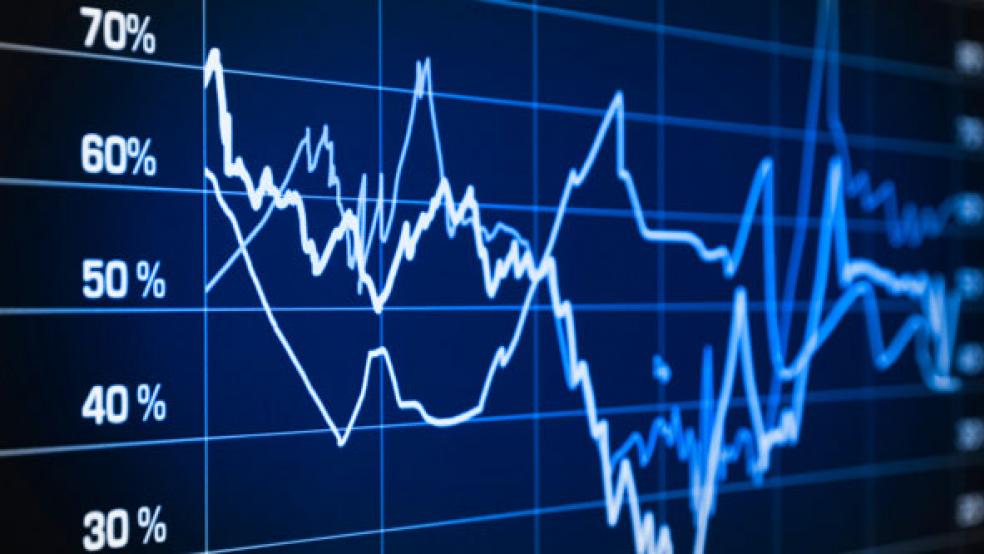Are we on the verge of a double-dip recession, or already in one?
It’s an issue on everybody’s mind right now and one thrown into sharp relief by the massive market selloff on Thursday, August 4, due to concerns that the U.S. and world economies are sliding back into recession. The economic crises in Greece and Italy, the summer debt ceiling debacle and stagnant U.S. growth, worries about the Euro, European banks and other European economies – all of this and more have contributed to the lack of confidence among investors and the current volatility.
Still, there’s not always clarity about what a double-dip recession actually means.
Economists describe a double-dip recession, otherwise known as a W-shaped recession, as an economy that quickly falls back into recession after recovering from one. “The term basically refers to back-to-back recessions that occur within a couple of years of each other,” says Jim Cooper, who writes a weekly column for The Fiscal Times.
Investopedia says it’s “when gross domestic product (GDP) growth slides back to negative after a quarter or two of positive growth.”.
On Thursday night, Nouriel Roubini, economics professor at the NYU Stern School of Business, said on CNBC, “Nobody can feel happy when the market is plunging. I think that the U.S. economy is now at stall speed and on the verge of a double-dip recession… Consumption is falling, housing is falling, job creation is anemic, and business, investor and consumer confidence is down. Those are the conditions that are going to lead to a double-dip recession. And compared to the past, we’re running out of policy bullets.”
Others believe the country will eke out growth in the second half of the year.
The U.S. last experienced a double-dip recession in the early 1980s, according to the National Bureau of Economic Research, when the economy fell into recession from January 1980 to July 1980, shrinking at an 8 percent annual rate from April to June of that year. Then the economy entered a quick period of growth, and in the first three months of 1981 grew at an annual rate of a little over 8 percent. After the Federal Reserve hiked up interest rates to combat inflation, the economy fell back into recession from July 1981 to November 1982. The economy then entered a period of largely strong growth for the remainder of the 1980s.
Says Jim Cooper, “The best examples of double-dip recession are the 1980 recession, followed by the 1981-82 recession, and then, although the time gap was larger, the 1929-33 recession followed by the 1937-38 recession.”
While the root causes of a double-dip recession vary, the reasons generally include a slowdown in demand for goods and services due to layoffs and spending cutbacks from the previous downturn. “Double dips tend to be related in cause – usually imbalances that the first recession did not fully correct,” says Cooper.
Some call a double-dip (or even a triple-dip) a worst-case scenario. Fear that the economy will move back into a deeper and longer recession makes recovery even more difficult, they say.
“In the early ‘80s, it was high inflation that the first recession did not wash out,” says Cooper. “In the ‘30s, it was largely financial imbalances in addition to bad policy that made matters worse. The fear today is very much akin to the 30s, given continued widespread issues with heavy debt, both private-sector and sovereign, that have still not been resolved.”
One thing’s for sure: The double dip that’s increasingly on the lips of policy experts, economists and others right now has nothing at all to do with the double dip made famous in the classic episode of “Seinfeld,” in which George Costanza can’t resist double-dipping his half-bitten chips into the party dip – though many, of course, sure wish it did.





